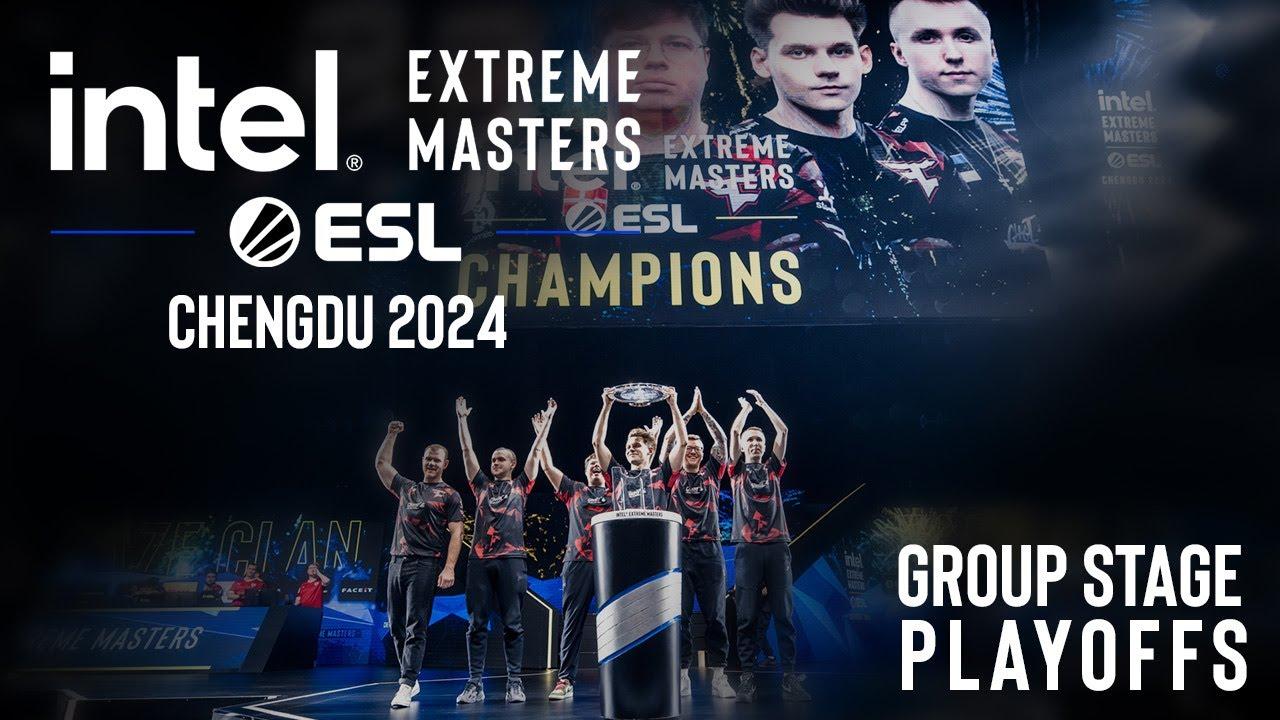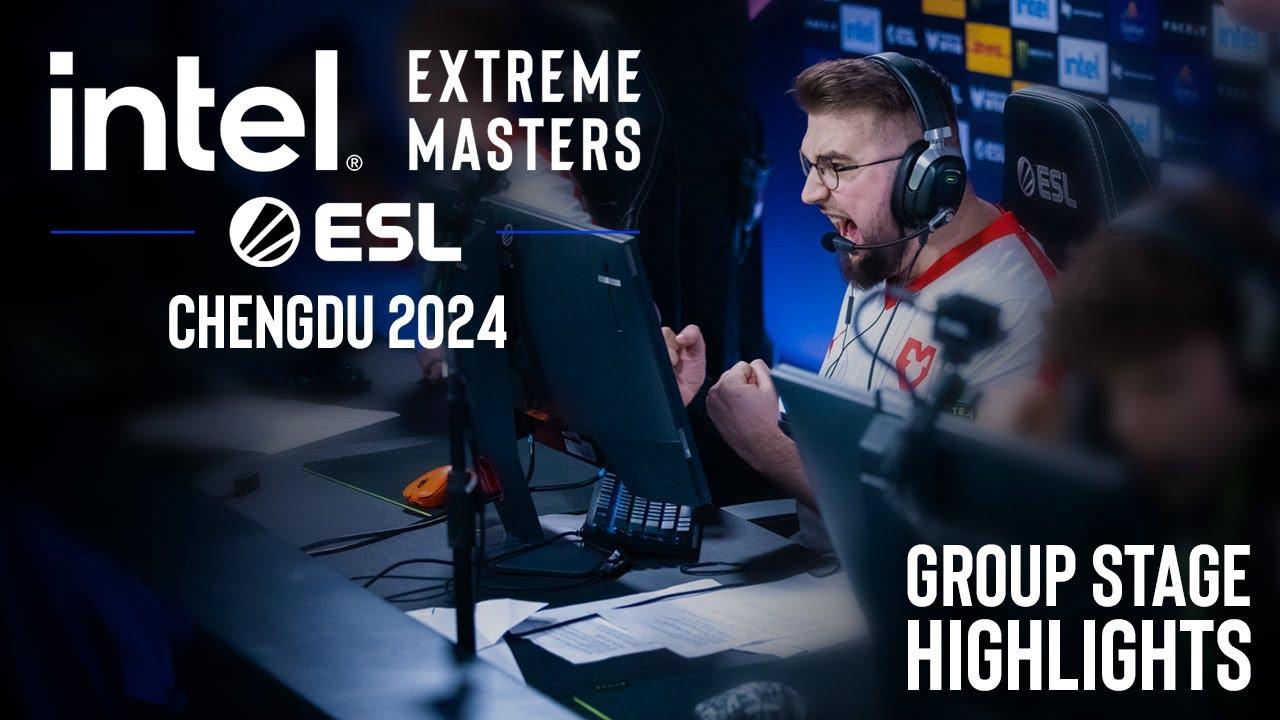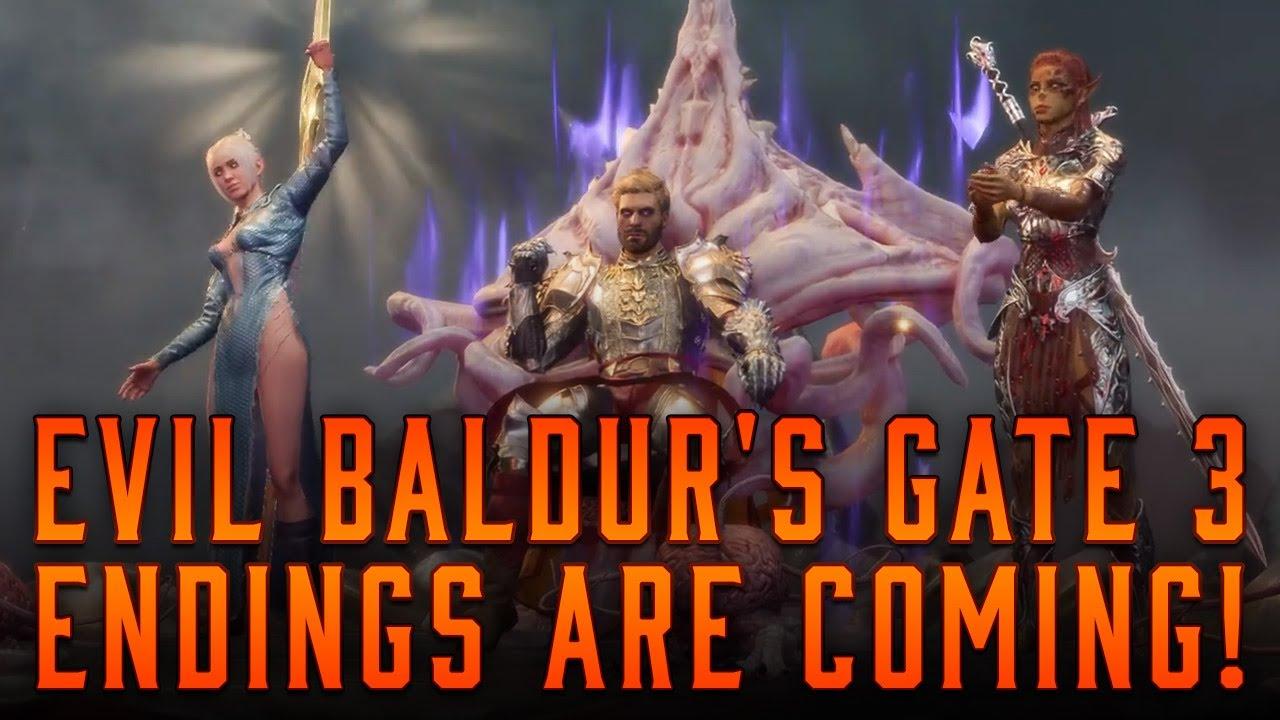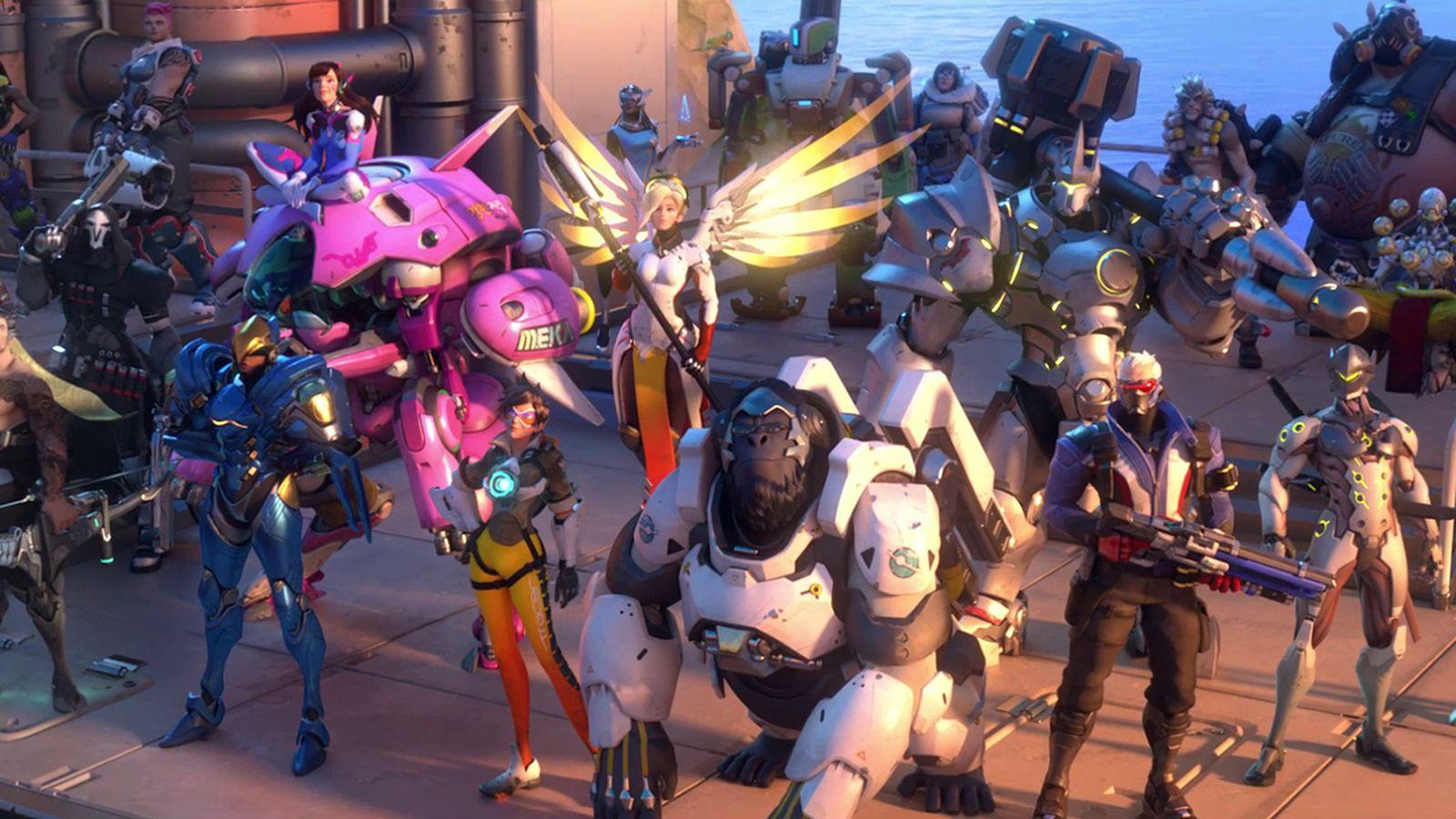
Overwatch League guide to meta and hero compositions
Overwatch League Season 2 was once thought to be a failure. More and more people seemed to be disinterested in watching the matches, and the Twitch viewership started to decline. This was almost solely thought to be because of the GOATS meta taking over almost every single match.
That changed with the 2-2-2 role lock, which forced teams to implement DPS back into their compositions and strategies. It also allowed the audience to watch teams figure out various comps throughout Stage 4, offering a lot of variety in heroes and gameplay.
But GOATS wasn’t always the major play. Throughout the game’s existence, there have been various metas that have more or less shaped the game, both competitively and for players at home. Here’s a closer look at some of the more popular and successful metas that reigned supreme in the Overwatch League, and some of the compositions that shined during those times.
Double barrier meta
The introduction of Sigma to the Overwatch League brought about a lot of new compositions and strategies. His highly mobile shield pairs perfectly with Orisa’s stationary barrier, creating total coverage when set up just right. This was a counter to the previously prevalent double sniper meta, which saw Hanzo and Widowmaker tapping heads from afar.
Piratre ship comp
What started off as a troll comp with Bastion taunting the opposing team from atop the payload has now transformed into a full-fledged strategy in the Overwatch League playoffs. The Hangzhou Spark debuted Bastion as a main DPS in the first match of the Season 2 playoffs, but it soon became clear that it was every team’s not-so-secret strategy coming into the final stretch. In fact, the San Francisco Shock switched to the pirate ship comp on their fourth and final map against the New York Excelsior, ultimately bringing them to the finals with a 4-0 victory.
The pirate ship comp is where Bastion sits confidently on the payload, breaking enemy shields and toppling frontlines from behind Orisa and Sigma’s barriers. The Bastion is often getting pocket heals from a Baptiste or Mercy, since the entire plan falls apart if Bastion is sent back to spawn. Bastion is also a counter to the currently popular Doomfist comp, since Doomfist can’t knock out a Bastion in one hit, leaving him vulnerable to the robot’s barrage of bullets.
Doomfist comp
Often paired with DPS heroes like McCree and Reaper, Doomfist has become a hugely popular hero in the double barrier meta. Overwatch League MVP Jay “sinatraa” Won, San Francisco Shock’s main DPS, has proven time and time again how powerful Doomfist can be against tanks. In just three maps, sinatraa was able to get over 50 kills on Doomfist when the team faced NYXL on their way to the Grand Finals.
Doomfist easily disrupts the double barrier meta, offering a solution to the shields popping up all over the map. While Orisa and Sigma’s shields are powerful against incoming bullets, they do little to stop a Doomfist from coming in and punching them. With the right support from their team, a Doomfist can fully dismantle a team’s carefully planned comp and change the tides in mere seconds.
2-2-2 role lock meta
Going into Stage 4 of the Overwatch League’s second season, Blizzard implemented the 2-2-2 role lock. This completely dismantled the omnipresent GOATS meta, since now teams were forced to have two DPS heroes on their team. This was a welcome change for most teams, who had DPS specialists dying to get up on the Blizzard Arena stage and strut their stuff.
The 2-2-2 role lock saw the dismantling of slower compositions relying on careful ultimate timings, leading to a dazzling display of DPS domination. It also was the end of Reinhardt and the start of Orisa’s competitive career. And there were a few DPS that were most heavily on rotation in the OWL.
Mei/Reaper comp
Often called “new GOATS,” Mei and Reaper were popular picks for their self-sustain healing and anti-CC abilities. Both heroes were able to remain on the frontlines, pushing forward against the opposing team, similar to the old GOATS strategy. Reaper is known for dismantling tanks with his powerful gun blasts, making him a perfect Orisa counter. Mei is able to break up the enemy’s strategy with her ice walls, giving her team the upper hand.
Baptiste’s bunker comp
The addition of Overwatch’s newest support, Baptiste, allowed for the bunker comp to make its powerful return. Centered around Orisa’s barrier, bunker comp consists of stationary DPS heroes like Bastion and Torbjorn, remaining behind the rest of the comp as they get healed by a Baptiste from the high ground.
The support’s kit is perfect for this kind of stubborn composition, with Immortality Field making teammates immortal for a short amount of time if they stay put. Baptiste’s ultimate, Amplification Matrix, is also perfect for bunker comp. Since everyone is already grouped up, they can easily benefit from the Matrix when placed directly in line with where they’re already stationed.
This is something that lead designer Jeff Kaplan predicted back when Baptiste was first released, though it took the breakup of GOATS to bring it to fruition.
Hanzo and Widowmaker double sniper comp
With DPS back on the map thanks to 2-2-2, Hanzo and Widowmaker became quite the popular choice in the Overwatch League. Widowmaker duels were once again at the forefront of the action, as teams fought to pick off squishy DPS and support heroes on the opposing team. The Chengdu Hunters made commentators gasp at the start of 2-2-2 with their unorthodox double sniper strategies, including sneaking into enemy backlines to tap some unsuspecting heads.
GOATS meta
GOATS meta, an acronym standing for “Go All Tanks and Supports,” completely took over Season 2 until the 2-2-2 role lock hit in Stage 4. Overwatch League teams were forced to play GOATS if they wanted to win, since no other strategy seemed to have any chance against it.
Teams that excelled in GOATS saw themselves completely dominating the competition, like San Francisco Shock and Vancouver Titans. These were teams that explained that GOATS may not be interesting to watch at home, but high-tier teams still persoanlly enjoyed the meta because of the immense amount of teamwork and communication required to make it work successfully.
GOATS would almost always have the same six heroes in every game: Reinhardt, D.Va, Zarya, Brigitte, Zenyatta, and Lucio. The goal was to move as one, slowly making their way towards the point with Reinhardt as the fearless leader. Lucio provided some speed to Reinhardt, allowing the team to pick up the pace.
Many Overwatch League players who were signed on for their perfect accuracy on Widowmaker or impressive Tracer highlight reels were forced either to the bench or into brand new roles. This usually meant playing Brigitte or Zarya.
Overwatch League viewership started to dwindle due to the repetitiveness of the dominant meta. There was a vote after Stage 3, asking the teams if they preferred a 2-2-2 role lock. While most agreed to move to 2-2-2, dominant GOATS teams like San Francisco Shock still voted against the change.
SNOATS comp
A variation of GOATS, SNOATS was almost identical to the regular hero lineup, except with Mei substituted in for the D.Va. Used only on select map types, SNOATS was a GOATS counter thanks to Mei’s ice wall. With the right positioning, Mei could split up the enemy team, essentially destroying their GOATS strategy of moving as one unit. The Mei would often attempt to isolate a healer, like Zenyatta, so that he could be easily eliminated.
GOATS with Sombra comp
Seeing any DPS being played in the Overwtach League was starting to look bleak, until some teams started inserting a Sombra into their lineup. The Sombra was used to completely disrupt the enemy’s GOATS formation. By hacking Reinhardt, the team would have no powerful shield to guide them. This would slow them down and make them vulnerable to incoming attacks.
Sombra’s ultimate, EMP, was also a powerful strategy. A well-timed ultimate would take away the opposition’s ultimates at a time when Zenyatta’s Transcendence was often needed for a final push.
Dive meta
Before Brigitte arrived on the scene, the dive meta was the dominating meta that the Overwatch League just couldn’t shake. Season 1 saw a lot of Genji, Tracer, D.Va, Winston, Lucio, Zenyatta, and Solder: 76. These are all high mobility heroes that could overwhelm another team by barging right into their backlines.
DPS like Genji and Tracer were used to sneak around the map, often flanking an unsuspecting team and taking out their squishy support heroes. D.Va would protect healers with her Defense Matrix, and also use her boost to dive right into the oncoming team. Winston would do the same, putting a shield up and wreaking havoc on a team’s tight formation.
Many players and Overwatch League viewers alike started complaining about dive meta’s persistence. It seemed like nothing could really counter it. That’s when Overwatch developers revealed Brigitte, who was able to stun Genjis and Tracers into submission with ease. This was the start of GOATS, which became even more persistent than dive ever was.
Moth meta
Before Mercy’s Resurection was nerfed, Mercy was able to bring back her entire team with the click of a button. This ultimate made Mercy the most-used support in the game for quite some time. This became known as the Moth meta, named after a pesky insect because most opposing teams would single out the Mercy when looking for early eliminations. She was just too powerful to leave standing.
Blizzard soon made an announcement that they were not keen on the “hide and go seek” style that Mercy mains were implementing. In response, developers changed Mercy’s ultimate and then switched Resurrect to being one of her standard abilities instead.
With a short cooldown and fast resurrection time, Mecy remained a “broken” character in many players’ eyes. While Mercy is still popular in the lower ranks of competitive play, Mercy’s recent nerf has made her a situational pick at the top levels of the game.
Pharmercy comp
Still quite popular in the Overwatch League today, Pharmercy is a situational comp that’s been around for quite some time. On certain maps like Ilios where Pharah thrives in open vertical space, a support will often switch to Mercy in order to pocket Pharah. While this keeps Pharah alive, even during her vulnerable Rocket Barrage ultimate, this also was a way for Mercy to remain safe from enemy fire.
When used correctly, Mercy’s kit allows for her to almost endlessly float in the air besides Pharah, making them both difficult targets to thit and major distractions for the enemy team.
Recommended
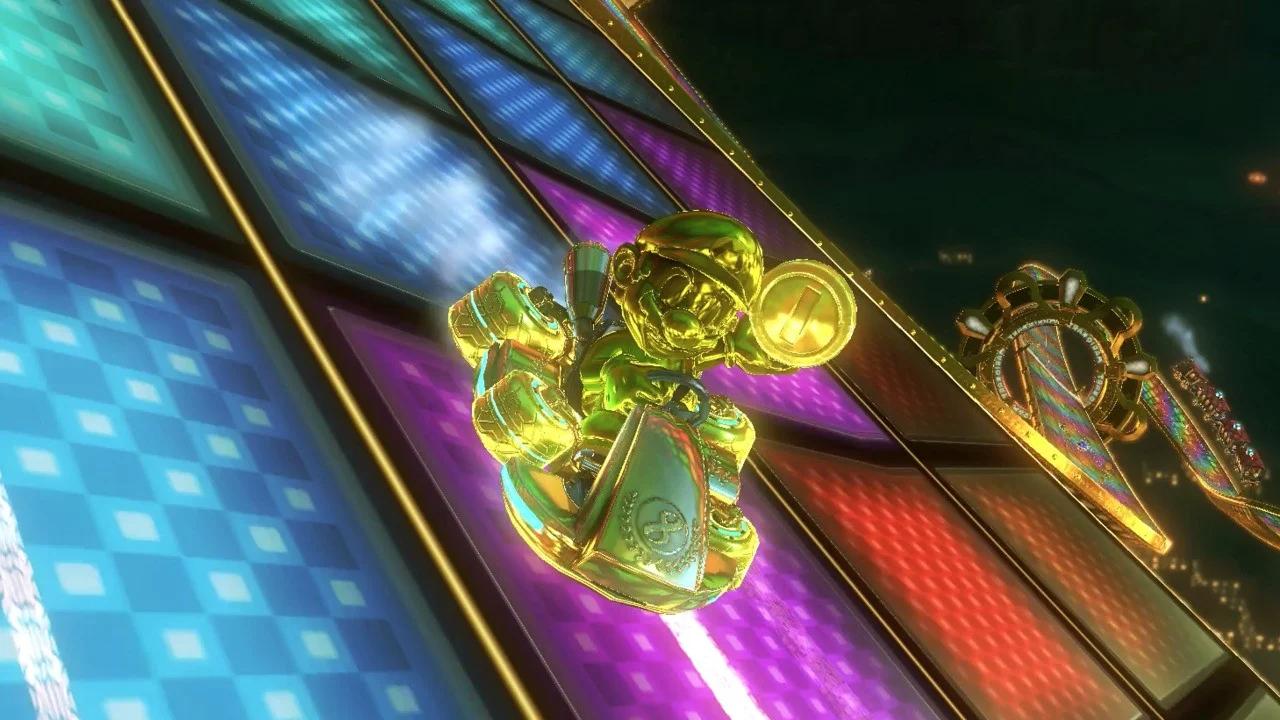
How many coins do you need to unlock everything in Mario Kart 8 Deluxe?
You’ll need a good amount of coins to unlock everything in Mario Kart 8 Deluxe.
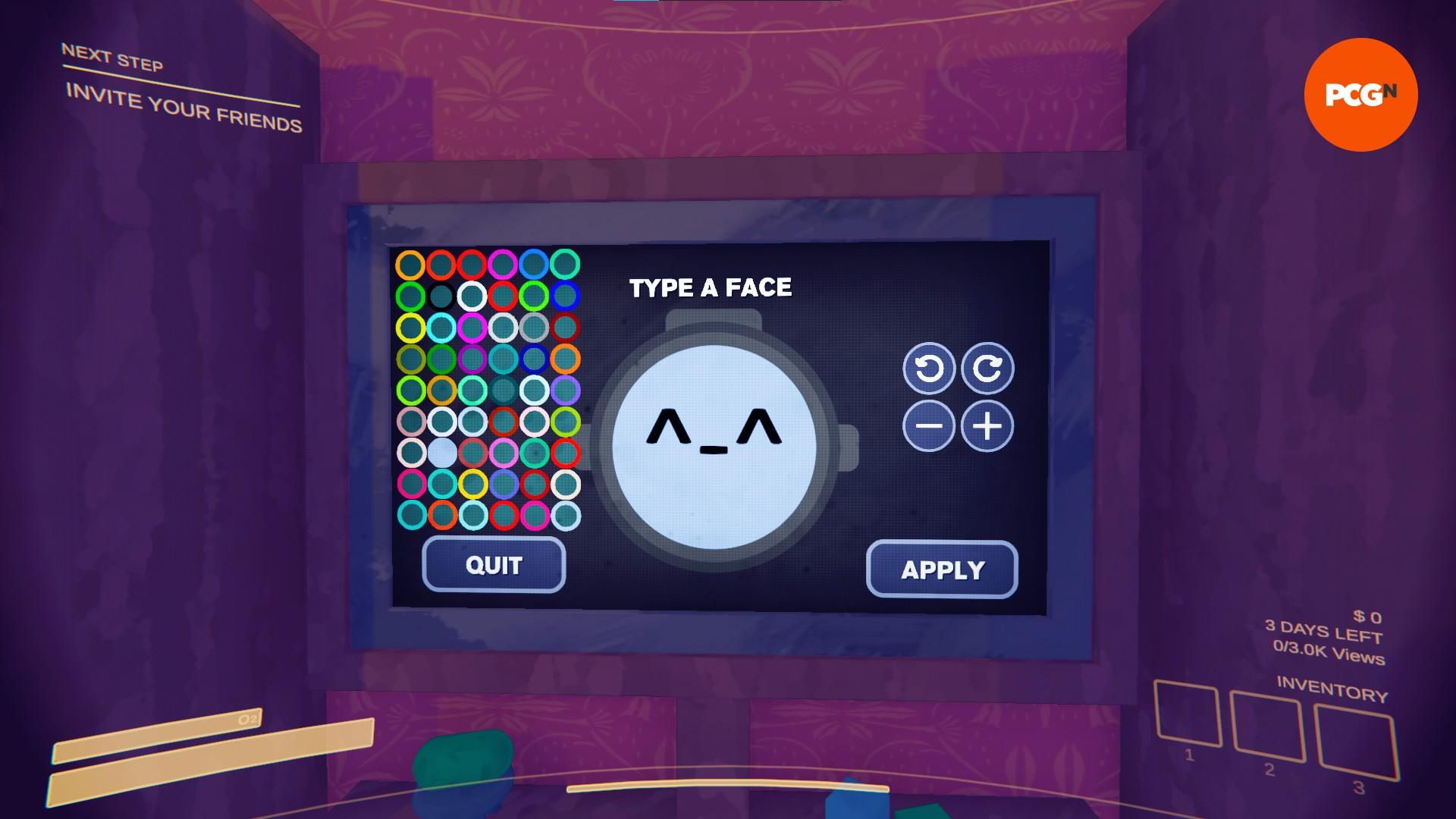
The best Content Warning mods and how to install them
Let’s spice it up a bit.
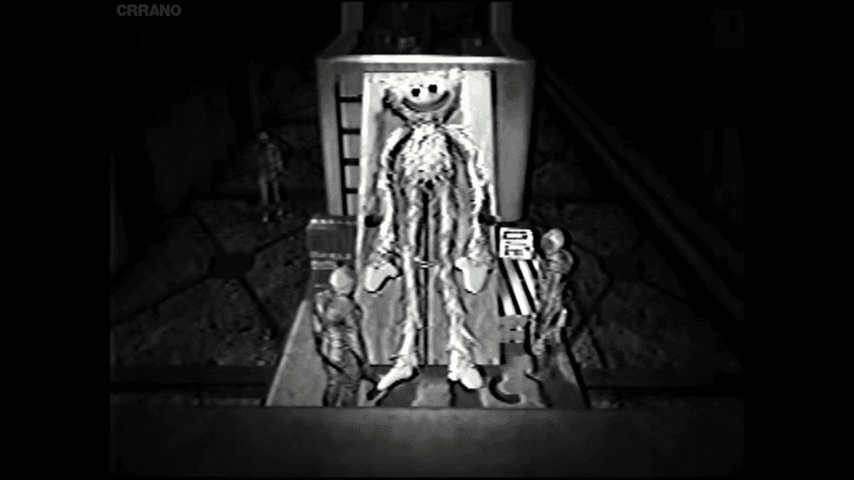
What is The Hour of Joy in Poppy Playtime?
Here’s what went down all those years ago…

